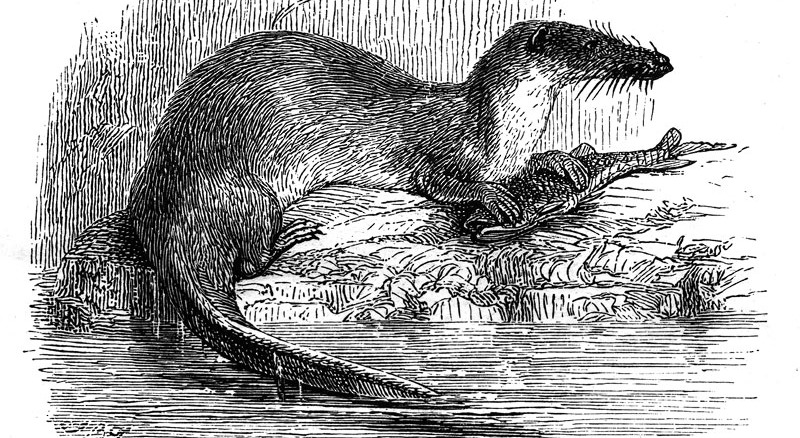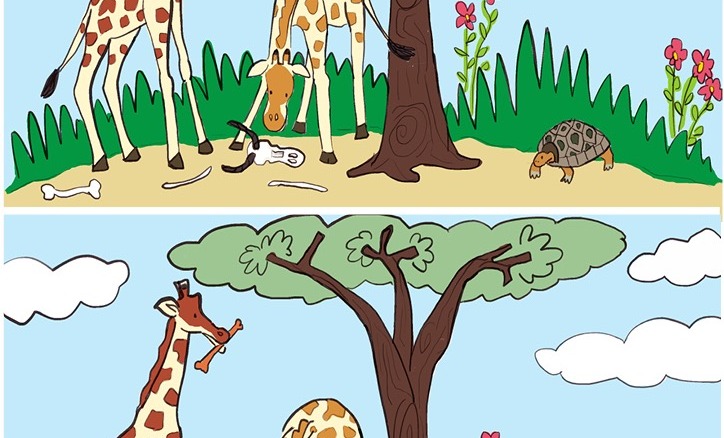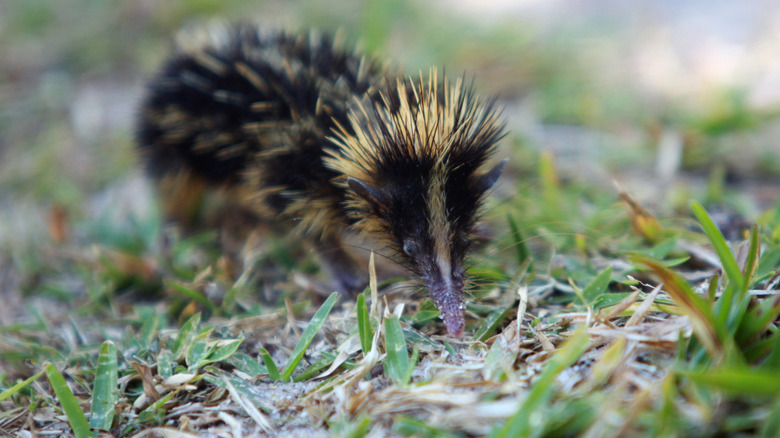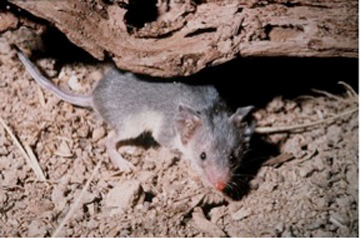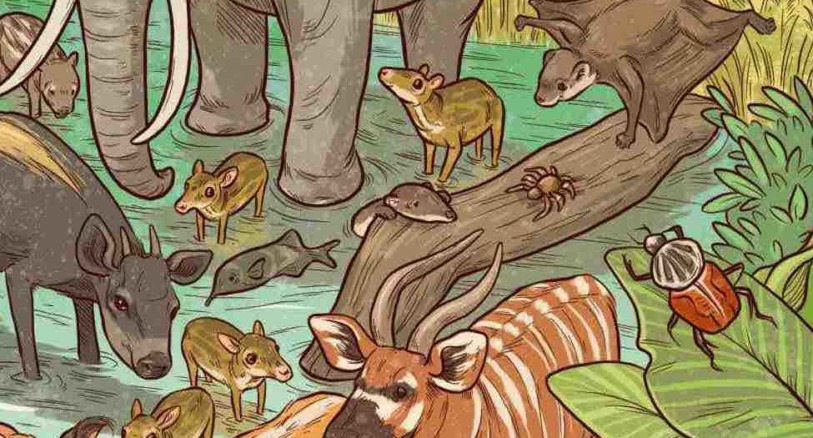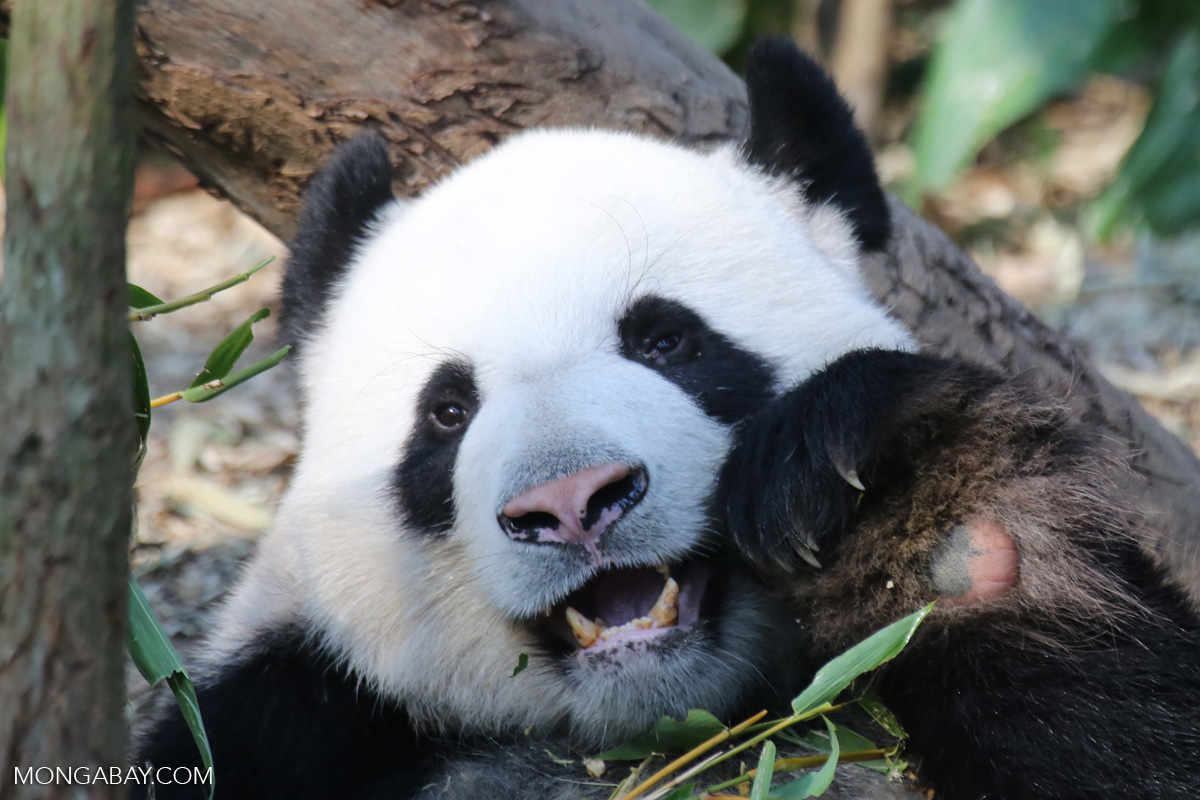
1. True or False? Giant pandas have always lived in China.
False! One of the oldest known giant panda fossils (or rather one of its direct ancestors) was found in Spain. It is over 11 million years old.
Pandas were in Europe at some point in their history. But it is not clear if they evolved in Europe and then travelled to Asia, or vice-versa. It is clear that giant pandas have been in China for a long time: 8-million-year-old panda fossils have been found there.
2. Are giant pandas related to bears or raccoons?
Scientists debated for many years whether giant pandas were more closely related to bears or raccoons. Genetic studies of pandas showed conclusively that they are bears.
3. True or False? If giant pandas knew how to cook they would rather stir-fry their bamboo than eat it raw.
Unknown! Nobody has taught a giant panda how to cook or figured out how to ask them about their culinary tastes!
We do know that giant pandas have skulls and teeth that are adapted to eat a diet primarily of bamboo. The giant panda has a specially evolved jaw. The panda’s temporomandibular joint can move from side to side. So pandas can grind tough, fibrous bamboo. Meat-eating bears – like polar bears and grizzly bears – do not have a jaw that moves from side to side.

Learn about bamboo!
Check out the bamboo episode of Talking to Plants.
And view this Photo Journal about bamboo.
Learn more about giant pandas and their conservation. Visit:
https://nationalzoo.si.edu/animals/giant-panda
https://www.worldwildlife.org/species/giant-panda
https://www.wwf.org.au/news/blogs/in-photos-panda-day
*Mongabay Kids is not responsible for content published on external sites


